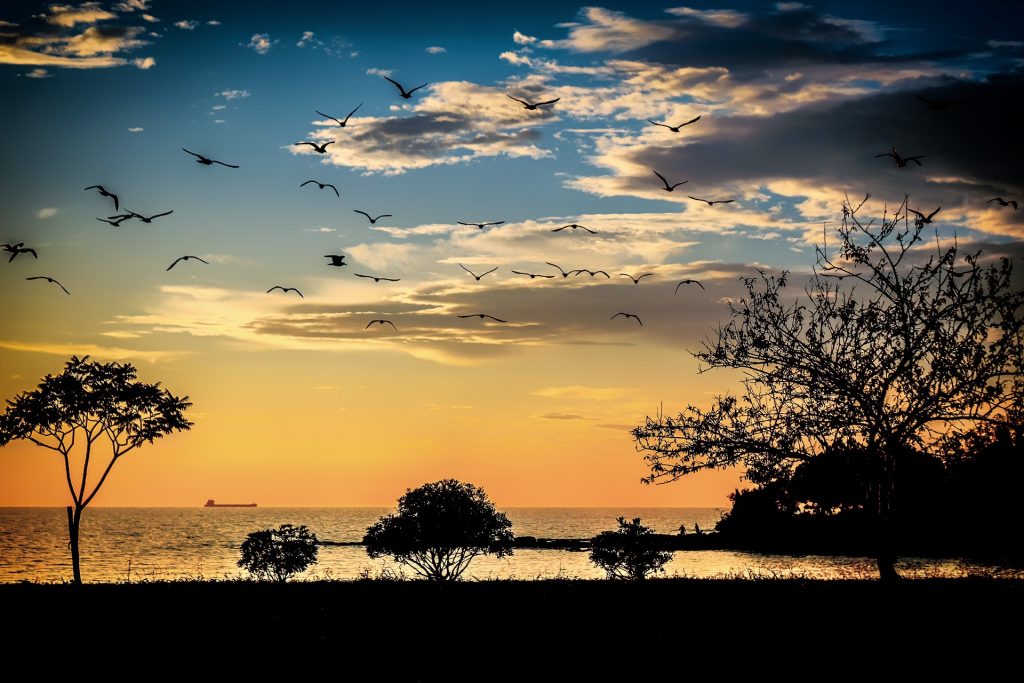October the 15th, 2024 – The Croatian green transition has a rather surprising location at its helm – Umag in Istria, the home of Croatian Eurovision sensation, Baby Lasagna.
As Morski writes, beautiful Umag on the Istrian peninsula is one of the leaders of the Croatian green transition. Back in 2010, they kicked things off with commendable projects whose primary goals were environmental protection and reducing our ecological footprint.
“Back during that time, we had three basic guidelines – gasification, waste management and the water protection area, that is, the construction of an agglomeration with a purifier. The gasification is now finished and is mostly in operation, and the same is true of the waste management. We rehabilitated one part of our landfill in 2017, and now we’re in the phase of rehabilitating the second part, which should be completed by the end of the year. We’re also in the process of constructing a recycling yard and a sorting plant for inert construction waste, which would be the only one in all of Istria. As for the water protection area, it has been built and the agglomeration is ongoing and being developed. A purification device has also been constructed and is currently in trial operation,” revealed Jelena Nekić from Umag.
As the Croatian green transition takes firm hold, the main topic is renewable energy. As Nekić pointed out, Umag is very much oriented towards solar power plants and the development of green areas.
Back in 2014, when everything went through the individual cities themselves, over 200 contracts were signed with citizens for renewable sources. After that, everything went through the funds, and people spent very little time on that. That’s why we decided to help them by co-financing the project documentation, and next year we will also co-finance the installation of a power plant,” said Nekić.
In addition, Umag itself is working on the construction of solar power plants on its buildings.
“Over a month ago, we started designing the first power plant on the construction of the new market with a power of about 30 kW, which will cover the consumption of the market, and the rest will be fed back into the network. In addition to that, we’re in the phase of designing solar power plants for schools, kindergartens, a retirement home and the People’s Open University in the city centre. All this together should be 330 kW, and the return on the investment should be seven years with current prices. If the price of electricity does increase, it could be shorter,” the Umag administration explained, adding that they consider areas that are suitable in such a way that the spatial plans don’t have to be changed. This includes areas like rehabilitated landfills and certain car parks.
Using this more practical approach to the Croatian green transition, relatively large areas that have the proper infrastructure can be connected to the network with minimal costs. This implies several hectares in total, and across several locations. These projects will mostly serve to supply energy to the grid.










